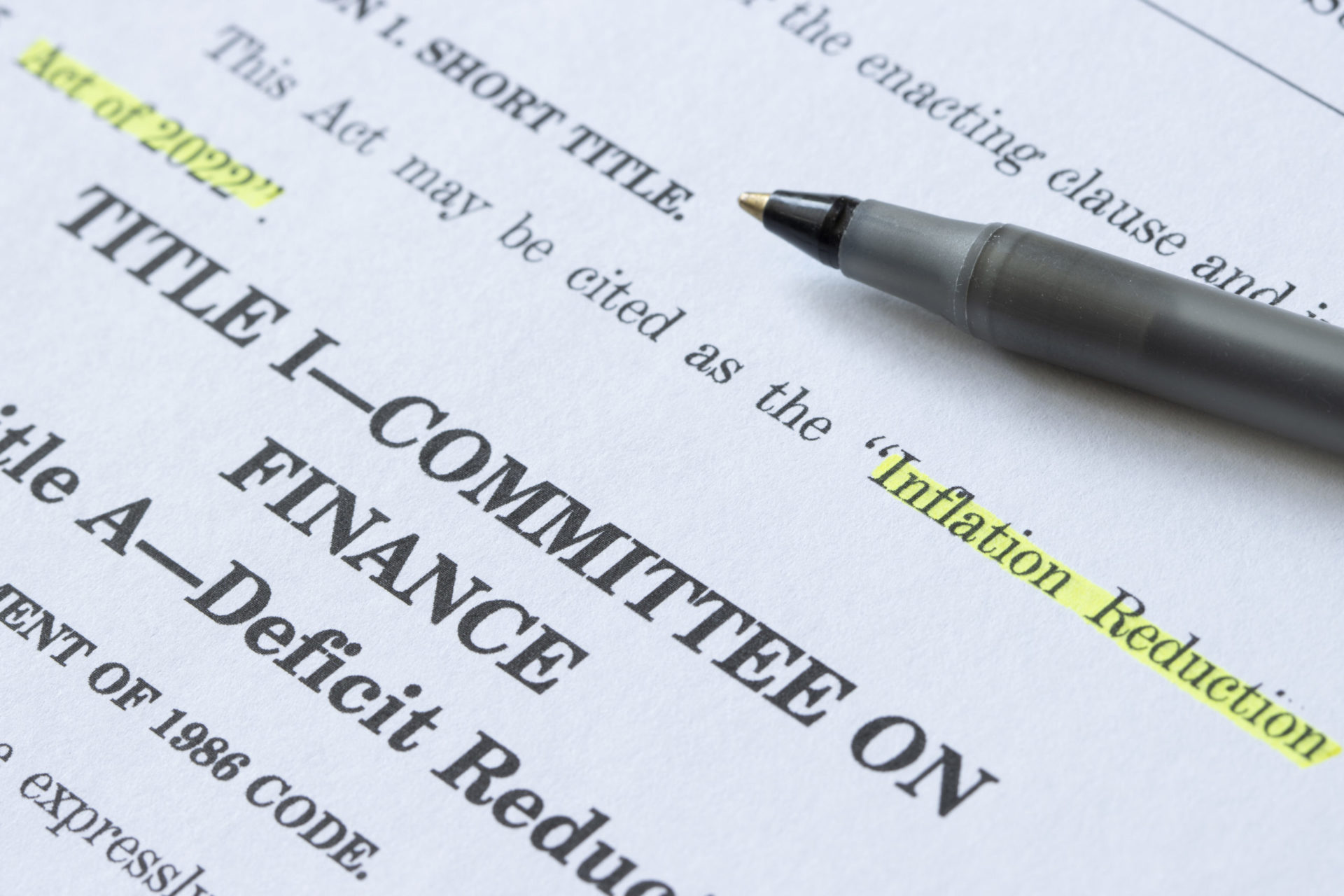The Inflation Reduction Act (IRA), lauded as the biggest climate change legislation in the history of the United States, passed the U.S. Senate on August 7, 2022 and was signed into law by President Biden on August 16. Just Solutions completed a detailed analysis of the environmental justice provisions in the IRA including beneficial investments, and also what policymakers and mainstream advocates overreach to suggest are environmental justice investments.
Read the full analysis here.
The IRA’s climate and energy provisions are truly consequential, marking the first time substantial federal climate change legislation has been passed. While acknowledging this achievement, it is important to understand this law in its broader context, including the potential harms enabled by the law. We provide a detailed analysis of the environmental justice provisions in the IRA including beneficial investments, and also what policymakers and mainstream advocates overreach to suggest are environmental justice investments.
By itself, the IRA does not create a transition away from fossil fuels. While the IRA’s new and renewed incentives for clean, renewable energy are consequential, longstanding fossil fuel subsidies have not been repealed, and various provisions of the IRA expressly enable continued fossil fuel production and extend further support to the fossil fuel industry, through both tax credits and direct financial assistance.
Supporters of the IRA have claimed that the law provides $60 billion in environmental justice funding, without demonstrating how this number was calculated. A section-by-section analysis of the IRA’s text to add up appropriations and other spending tailored towards environmental justice communities and low-income residents arrives at a total of $40 billion, or $27 billion in appropriations only.
Overall, while the IRA makes significant and unprecedented contributions to addressing greenhouse gas emissions, it does by reinforcing the status quo “all of the above” and market-based approach to energy policy which disproportionately benefits white communities and higher-income households while perpetuating the illogic of sacrifice zones.
Just Solutions seeks to identify intersectional climate solutions that address systemic inequities across sectors, populations, and identities. We know that the advancement of environmental justice follows the lead and engages with frontline communities, ensuring that the transition to a clean energy economy centers racial and economic justice. Read our complete analysis for a full assessment of environmental justice provisions in the IRA.
It is important to acknowledge that there is no monolithic standard for assessing whether a specific policy qualifies as “environmental justice.” Environmental justice is inherently varied and translocal, with different issues affecting different areas in different ways. This analysis seeks to quantify the total amount of federal funding authorized by the IRA that can be classified as “environmental justice,” but does not intend to quantify the benefits or impacts of such funding. For the purposes of this analysis, we evaluated provisions of the IRA based on their likelihood to directly reach environmental justice communities in the United States and the residents thereof.
